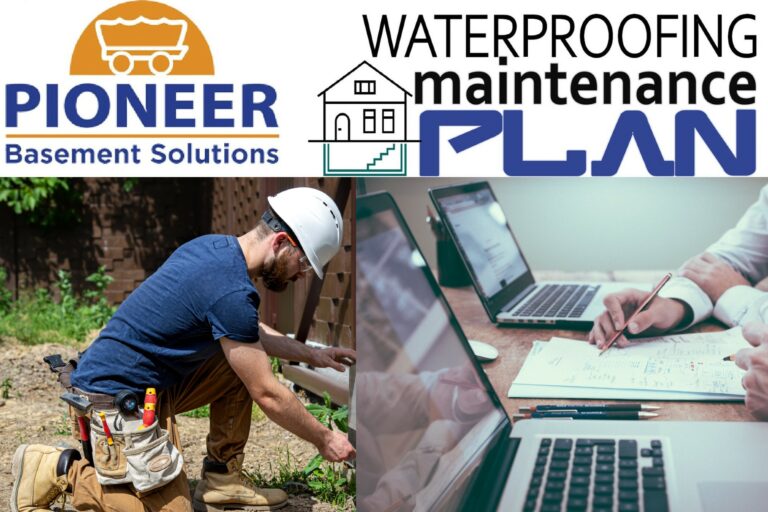
Foundation Inspection Guide
Foundation Inspection Guide: Prevent Costly Repairs with Regular Check-ups Your home’s foundation is its literal bedrock, providing the stability on which everything else rests. However, even the

Foundation Inspection Guide: Prevent Costly Repairs with Regular Check-ups Your home’s foundation is its literal bedrock, providing the stability on which everything else rests. However, even the
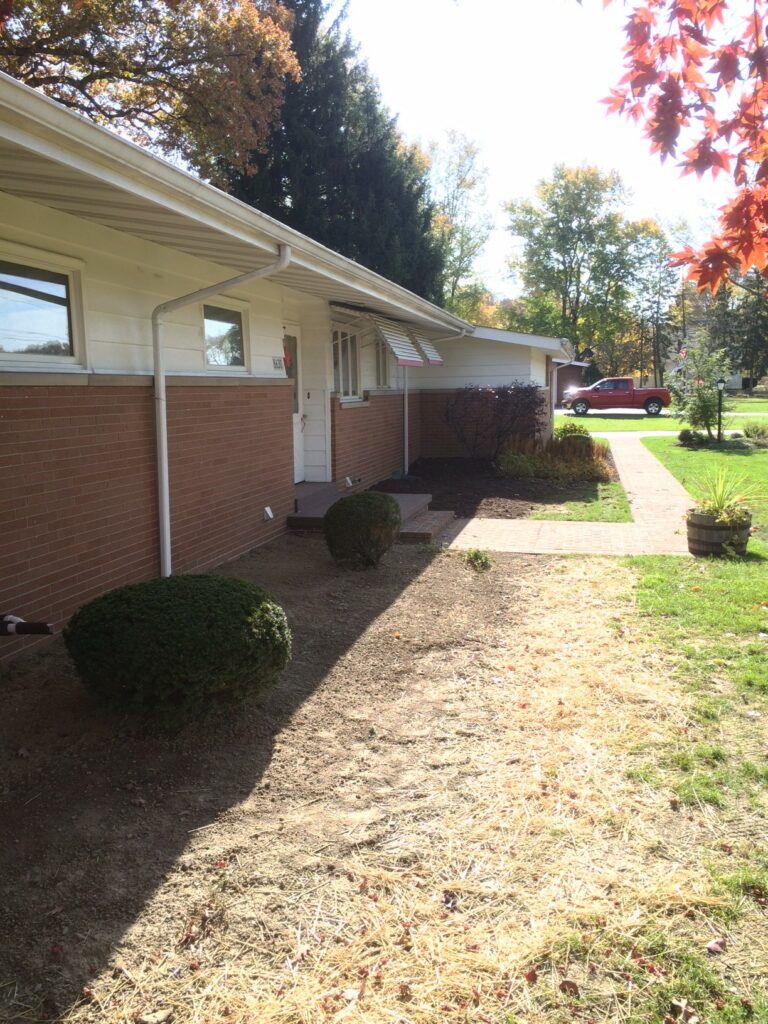
As drought conditions continue to afflict various regions, homeowners face a new set of challenges related to their home’s foundation. Foundation repair becomes a serious concern during
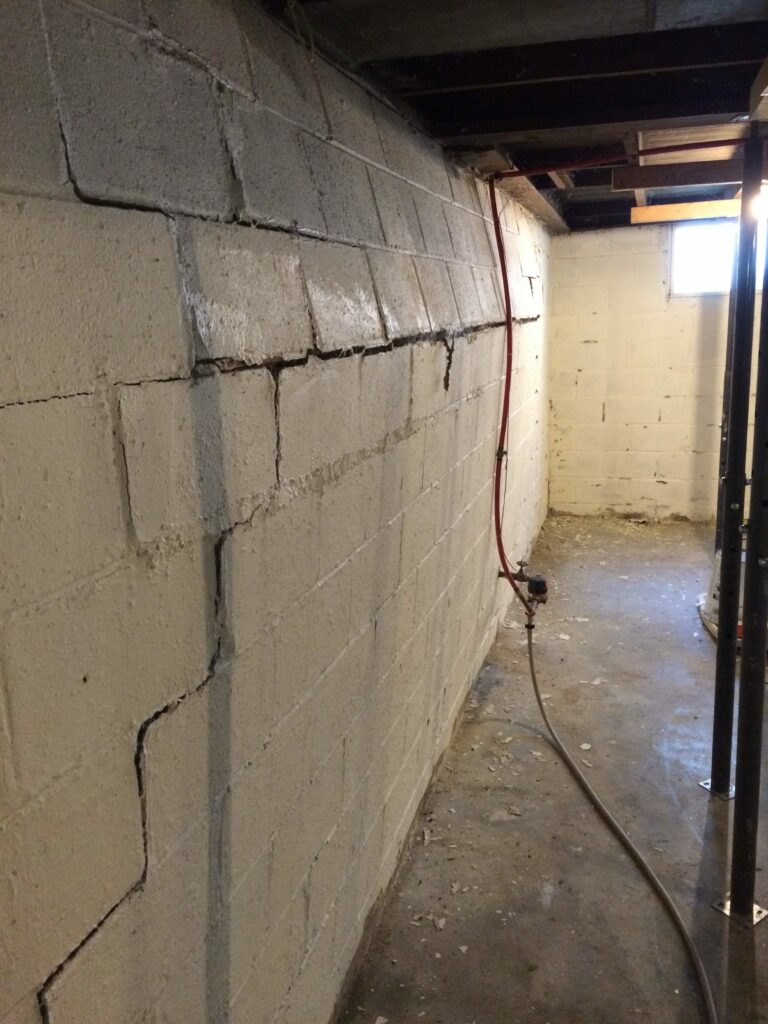
Foundation Repair Methods Review If you have noticed a wall in your basement bowing in, basement wall cracks, or a shifting foundation, you are probably starting your foundation
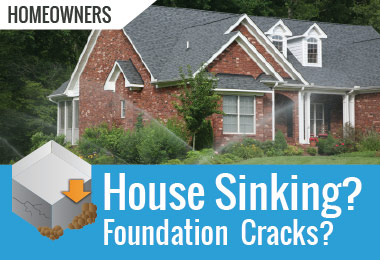
Foundation Settlement Repair Foundation settlement repair consists of installing support below the foundation to stop it from sinking into poor soil conditions. The Stabil-Loc Foundation Pier System is
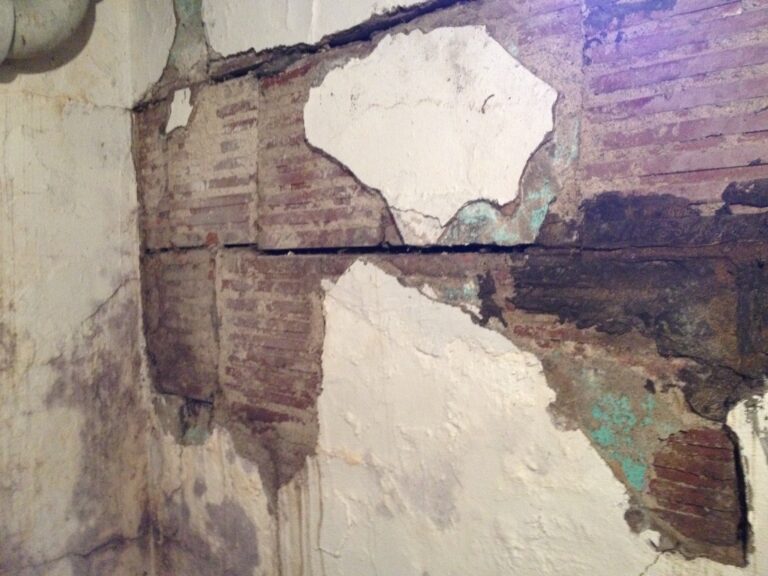
Foundation repair methods There are different foundation repair methods used depending on your foundation problem. Once you determine if you have bowing basement walls, a settling foundation,
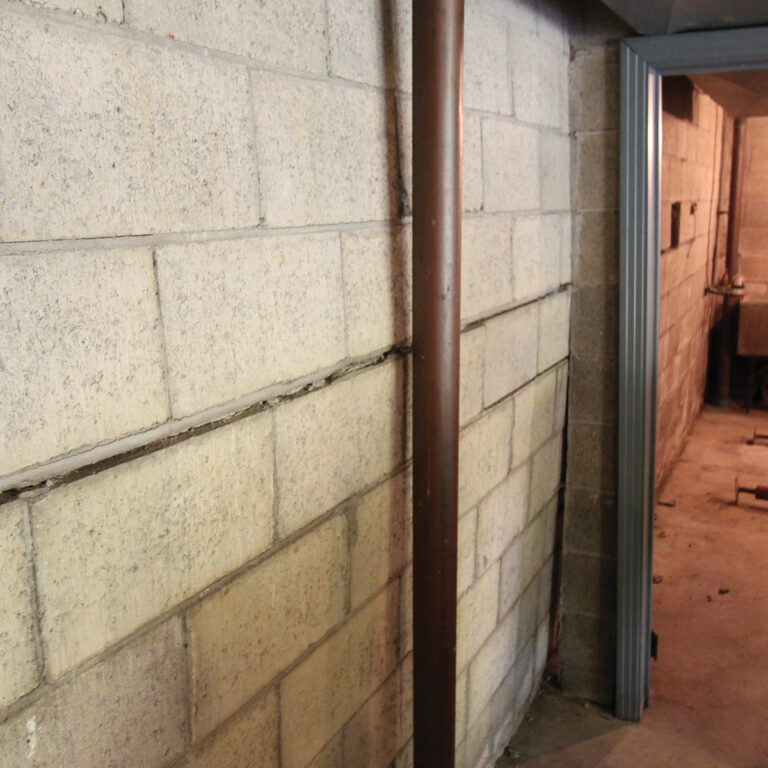
We have seen an increase in customers searching for basement foundation repair recently due to foundation settling, basement walls bowing and shifting and other foundation problems. There
How to straighten bowing basement walls Many people lately have been asking me how to straighten bowing basement walls. Let’s start by looking at what causes bowing
Foundation Repair for Sifting and Bowing Foundation I recently visited a home in Bath, OH to look at some wall cracks and bowing in need of
Repair bowed basement walls If you are wondering how to repair bowed basement walls you are likely considering one or two of the following options for your
Pioneer Basement Solutions has earned Perfect Customer Service records for over 35 years straight in Cuyahoga Falls, Akron, Stow, Kent, Medina and surrounding areas of North East
Established 1979
• Basement Waterproofing
• Foundation Repair
• Basement Finishing
NE Ohio Homeowners - We do not sell or share your contact information.